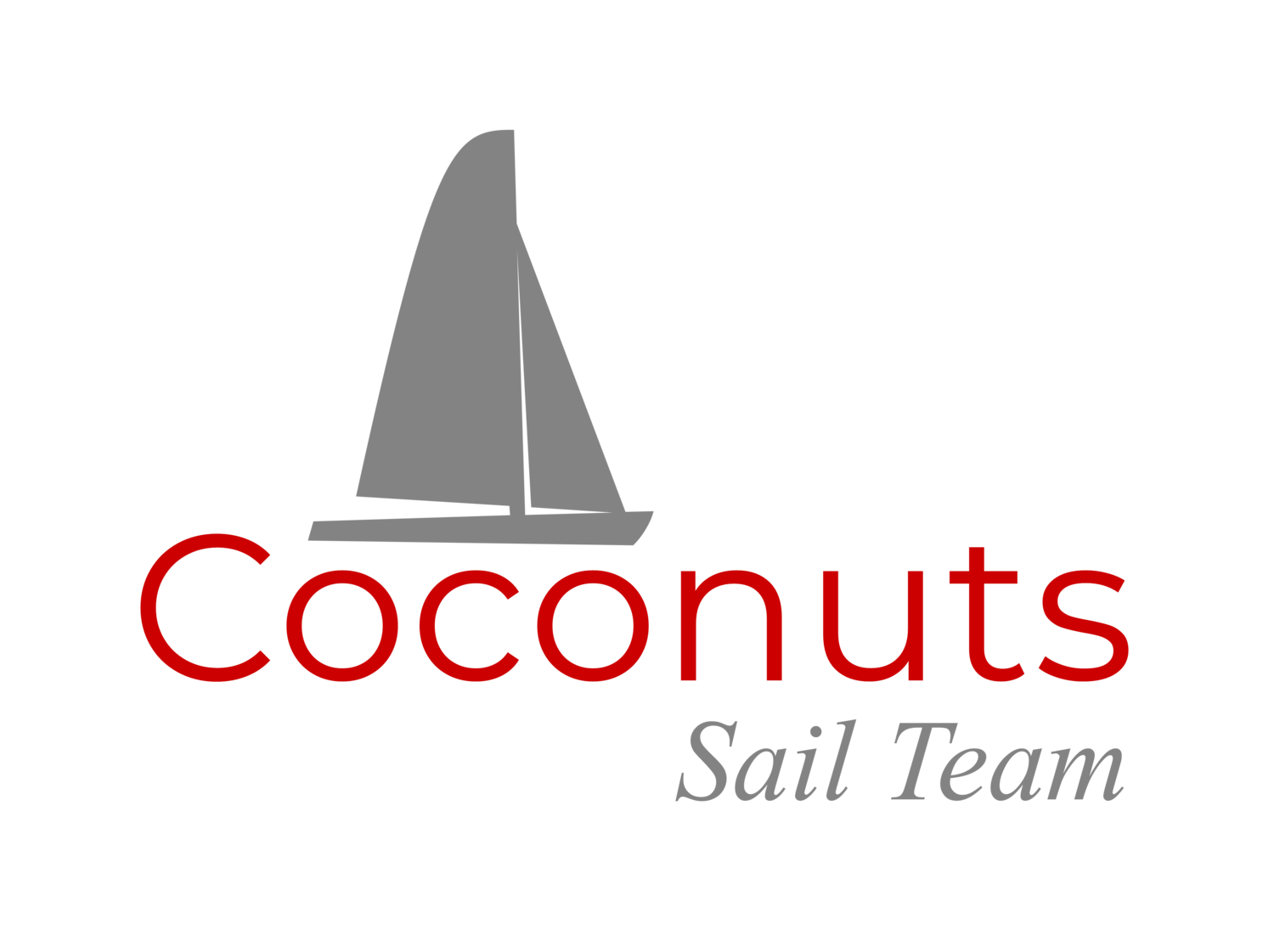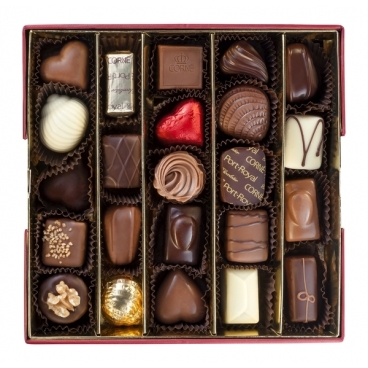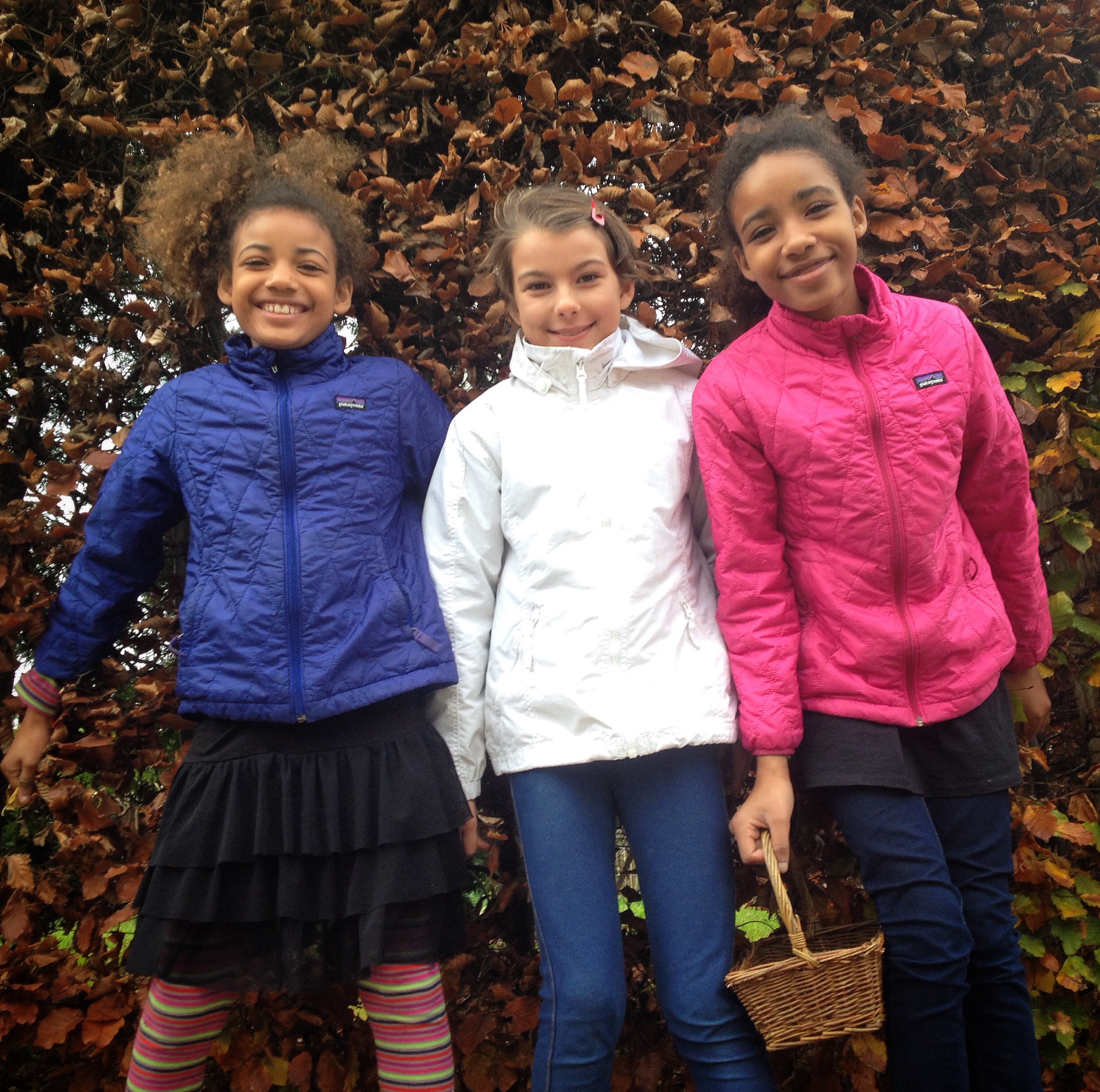It is sometimes said that Belgian food is served in the quantity of German cuisine but with the quality of French cuisine. Although outside of the country, Belgium is best known for its chocolate, waffles, fries and beer, it isn’t just one of those assumptions that you think will be wrong once you see for yourself. No, Belgium really does have the best chocolate, waffles, fries and beer in the world!
Jean Neuhaus was a notable Belgian chocolatier who invented the pralines, luxury chocolates in 1912. Pauline, a new friend I made while visiting Belgium gave me two boxes of pralines when we left, I have never enjoyed chocolate as much as I did those two boxes. I especially crave chocolate while I am breast-feeding, so it was of perfect timing that we visited Belgium while I was still breast-feeding Ártico, our fourth child.
The next day after we arrived in Belgium it was Luna’s ninth birthday and to celebrate she wanted to go out for breakfast, so we walked down to the beach in search of the famous Belgium waffles. We found a restaurant where we could sit in the sun outside in the lee of the building. For us having gotten used to the cold in Iceland, it was incredibly warm and it felt as if we hadn’t been in a warm place in a long time. Luna ordered a waffle with powdered sugar and chocolate syrup, needless to say she was in heaven. There are many different types of waffles and our favorite ended up being the stroopwafel. Although we discovered the stroopwafle while visiting our friends in the Netherlands, where it was first made, we all fell in love with it in Belgium, where we ate it night and day. A stroopwafle is made from two thin layers of baked dough with a caramel syrup filling in the middle, they are hard and very sweet cookie-like. Jay who made the last grocery run in the Netherlands before we set sail and who is known to have no self-control with sweats, came back with loads of them.
Luna's 9th birthday wish, Belgian waffles
Fries are sold every where and seamed to be served as a side on every plate in restaurants. They originated in Belgium and not France, as is widely believed. American soldiers during WWI erroneously coined the term “French Fries” believing they were in France when in reality they where in Belgium. Evidence has been found in a book written in 1781 that described friend potatoes being eaten in Belgium since around 1680. Most traditionally, they are served in a “cornet de frites”, a cone shaped white piece of cardboard and mostly eaten with mayonnaise.
There are more than a thousand original Belgium beers brewed by approximately 180 breweries in the country, most beers are bought or served in bottles and almost every different style of beer has its own particular shaped glass and using the correct glass is considered to improve its flavor. My favorite is a blonde beer which is a light variation of a pale ale, often made with pilsner malt. Duvel, which means devil, is the typical blonde Belgian ale and one of the most popular bottled beers in the country but my favorite is the Leffe Blonde. Jay’s favorites are the Trappist beers which is not the name of a beer style but rather tells where the beers come from. The brewing of Trappist beers takes place in Trappist monasteries and the monks must play a role in its production. The profits from the sale must be used to support the monastery and its social programs. There are currently only six monasteries who meet these qualifications in Belgium.
We had friends to visit in Raeren, on the other side of the country from Nieuwpoort where we were at with the boat, so we boarded a train and got to see a lot of the country side. Belgium served as the battleground during both world wars, causing it to be dubbed the “Battlefield of Europe”. The coastal plain consists mainly of sand dunes and further inland lies a smooth and slowly rising landscape irrigated by numerous waterways with fertile valleys. One can see a plethora of abandoned bunkers some of which are museums with mannequins and all, quite eerie for someone coming from one of the only countries in the world without an army or navy (Costa Rica where I am from). Traveling through the country and especially in Brussels, the capital, we were surprised to see a lot of ethnic diversity. Belgium grants the most new citizenships per capita in the world after Canada.
Belgium has three official languages, the north speaks Flemish (or Dutch), the south French, and a small part in the east speaks German and this is the area our friends lived in. The country isn’t really big so in a few hours we had arrived to the small village of Raeren which was a part of Germany until WWI, after which it became part of Belgium and is one of several towns in eastern Belgium which still predominantly speak German. We met our friends who live in Raeren in the Caribbean back in 2012 right after Caribe’s birth in Martinique. They were sailing on their boat Trotamar III, from the moment we met, both our families hit it off immediately, so together with another two boats we all tagged along while island hoping as we sailed north from Martinique. For a month or two we were like a caravan of sea gypsies, anchoring right by each other, exploring islands together and sharing meals and good times. Another lovely encounter Sol and Luna have had with friends they have met along the way. They got to go with Laia to school one day as well as to horse back ridding lessons and experience a young girls way of life in Europe.
Sol, Laia and Luna, Antigua 2012
Luna, Laia and Sol, Belgium 2015
We enjoyed a few days visiting our friends from Trotamar III and experiencing what life is like for a family living in Belgium, working in Germany and shopping in the Netherlands. They live right where these three countries meet and are constantly crossing the border without hardly noticing it. The inception of the euro facilitated things for them because before then they had to carry three different currencies for each country.
We helped Ana gather quinces from her garden which she uses to make marmalade
We arrived in Raeren on Saint Martin’s Day where we attended the towns annual procession, children marched with fire torches and paper lanterns singing songs about Saint Martin. A man dressed as Saint Martin rode on a horse in front of the procession and when we arrived in the towns center there was a reenactment about the best known legend of Saint Martin’s life, which is that he once cut his cloak in half to share with a beggar during a snowstorm to save the beggar from dying of cold.
Many houses in Belgium produce their own electricity. Our friends house in Raeren has solar panels which provide them with all the energy they need, sometimes even producing more than they use which they can sell back to the grid.
King Albert I monument war memorial, Nieuwpoort
Titou, Luna, Sol and Juliette, Cap Blanc-nez, France
In essence we were pleasantly surprised by the hospitality of the Belgian people, the same friendliness that we experienced in Iceland and the Faeroes. In Belgium we made friends, the type of friends you know you will remain in touch with over the years. As soon as we arrived in the Yacht Club in Nieuwpoort we met our neighbors Philippe and Monique, a retired couple who immediately invited us over on their sailboat for a drink and at a later date treated us out to a lovely formal dinner at a restaurant where both Jay and I tried reindeer which was in season at this time in Belgium. We also received an invitation by a family with two children who came and picked us up to drive us to their home for another lovely dinner. Alain works in the shipyard adjacent to the marina we were staying at, he saw Messenger and went to our website from where he wrote us an email, he's Belgian and his wife Pauline is French, they have Juliette who is close in age to Sol and Luna and who was very eager to practice her English which she spoke with pride and confidence and Titou who is younger and perhaps not as outgoing as his sister. Both our families quickly hit it off and we spent a few more times together on Messenger, at the local pool and later on we rendezvous in Boulogne-sur-mer where they also treated us to mussels at a nice restaurant which this area is know for, there where about 10 different types of sauces for the mussels on the menu ranging from blue-cheese to garlic. It was Pauline who gave me the two boxes of pralines. We spent a day site seeing with them and we know we will see them again.
Frida and Caribe, very much alike
We also had the pleasure to get together with friends we had met in Iceland, a couple Wouter (Belgian) and Janne (Danish), who happened to be on vacation nearby and came to the boat for a day visit along with their two small children Frida and Frosty. We went to the K.Y.C.N yacht club at the marina for a drink and the members of the club invited us all for a "drink on the house", that Belgian hospitality. Wouter and Janne have a fantastic coffee shop in the Westfjords of Iceland called Simbahöllin Café, where they serve Belgian waffles with an imported real Belgian waffle machine, of course!
It is the people who we met along the way that we cherish the most from our nomadic lifestyle.














